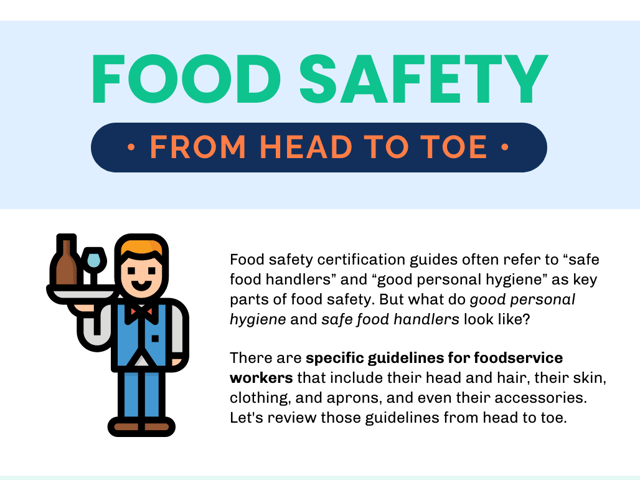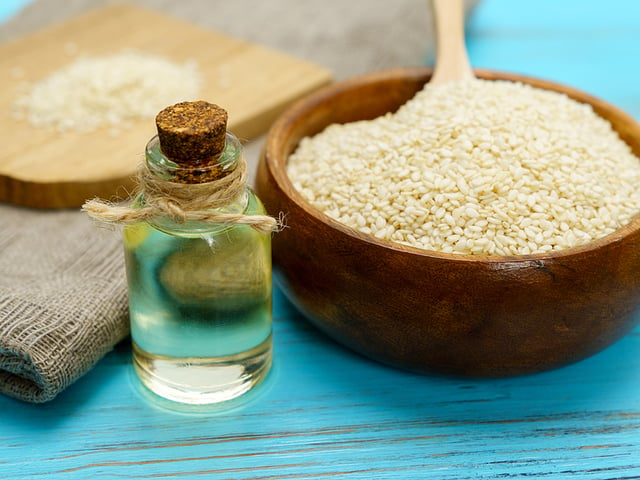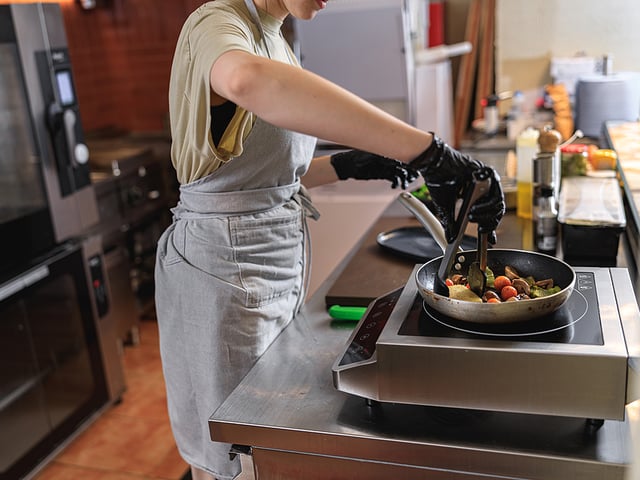
Food Safety from Head to Toe
Food safety certification guides often refer to “safe food handlers” and “good personal hygiene” as key parts of food safety. But what do good personal hygiene and safe food handlers look like?
There are specific guidelines for foodservice workers that include their head and hair, their skin, clothing, and aprons, and even their accessories. Let’s review those guidelines from head to toe.
Personal Hygiene
A safe food handler begins with good personal hygiene, including clean skin and hair. Professional food handlers understand that there’s a chance harmful pathogens are present on their skin and hair that could cause cross-contamination, so they never skip showering. When dressing for work, safe food handlers:
-
Have clean hair that is always restrained under a hat or hair covering with no hairs peeking or falling out.
-
Never wear hair accessories like clips or barrettes because they might fall into food and become physical contaminants.
-
Never wear earrings, necklaces like chains or chokers, or false lashes, because those could also cause physical contamination.
-
Wear a beard guard to cover any facial hair they may have.
Safe Food Handling
Safe food handlers make sure their clothes are clean, meaning they’d never wear a stained shirt or uniform. Some food handlers change into their clothes at work to prevent contamination and keep their personal clothes and items in a designated area away from food. When concentrating on their clothing, safe food handlers:
-
Wear clean plain shirts with no pockets, or a clean uniform, including a clean apron for extra protection.
-
Never wear rings, watches, or bracelets, and that includes medical bracelets. (The only approved ring is a plain band.)
-
Make sure any arm, hand, or finger wound is properly bandaged and covered to protect against bloodborne pathogens.
-
Keep their nails short and clean and never too long or painted with polish which could flake and cause physical contamination.
-
Wear clean pants that are free of stains, tears, or rips.
-
Wear foodservice grade clogs or safety shoes with slip-resistant soles, and never work barefoot or in open-toed shoes like sandals or flip-flops. (This also includes slippers.)
During the Workday
It’s imperative to start out the foodservice workday neat and clean, but what about during your shift?
-
While at work, a safe food handler does all they can to keep their hair restrained and keep their uniform and apron clean all day.
-
Safe food handlers know aprons should never be used to dry or wipe their hands, should be removed and stored in a designated place any time they leave the food prep area, and should be changed when stained or soiled.
Safe food handlers that are clean and professional from head to toe will always give customers a positive image of the foodservice establishment.

Keep Reading

ServSafe Food and Alcohol Safety Exams Blog
How Long Does ServSafe Certification Last?
The ServSafe certification is a critical credential for professionals i…

ServSafe Food and Alcohol Safety Exams Blog
The Big Eight Food Allergens are Now the Big Nine
An allergen is typically a harmless protein that, for some, the immune …

ServSafe Food and Alcohol Safety Exams Blog
ServSafe Food Handler vs. ServSafe Manager: Which Course is Right for You?
The food service industry requires stringent adherence to safety and hy…